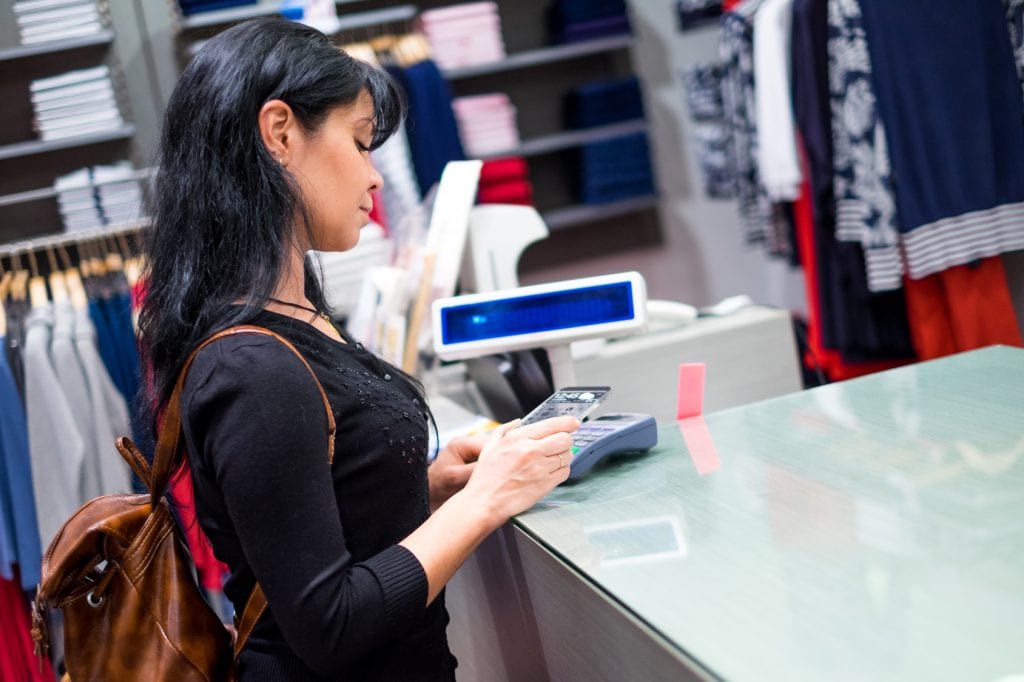The Federal Reserve’s monthly G19 reading on consumer credit again highlighted the fragility of consumer borrowing on credit cards. From a Business Week article.
The Federal Reserve said Thursday that consumers increased borrowing by $6.5 billion in April. That’s just half the March gain.
The increase was driven by a $9.96 billion rise in a category that measures auto and student loans. That offset a $3.4 billion drop in credit card debt, the first decline since January.
In spite of some monthly volatility, consumer revolving credit (primarily credit card outstandings) have yet to establish a consistent growth trend post-recession. Consumers paid down their holiday spending early in Q1, and Q1 ended flat versus year-end 2011. April resumed the declining trend. While borrowing on non-revolving loans has been healthier, that trend has its dark side:
Steven Wood, chief economist at Insight Economics, said while consumers were reluctant to use their credit cards in April, they were still taking out more loans to finance car purchases and student tuition.
More borrowing is generally viewed as a healthy sign for the economy. It suggests consumers are gaining confidence and growing more comfortable taking on debt.
But another reason for the increased borrowing: More people are having trouble finding jobs and deciding to go back to school. Student loan debt has been rising sharply.
Ironically, credit card spending, as opposed to borrowing, has been growing at health rates, increasing the importance of interchange income to card issuers. The flat trend in card borrowing limits issuers’ opportunities to grow interest-related income.
Click here to read more from Business Week.
